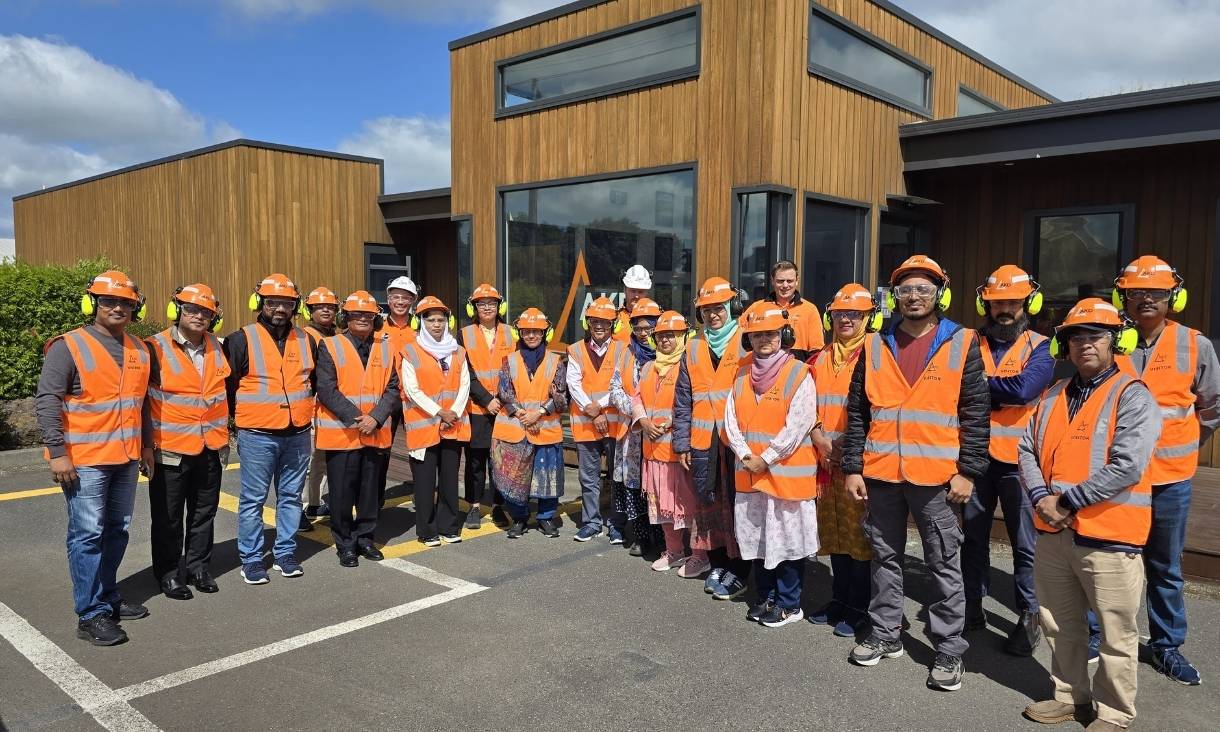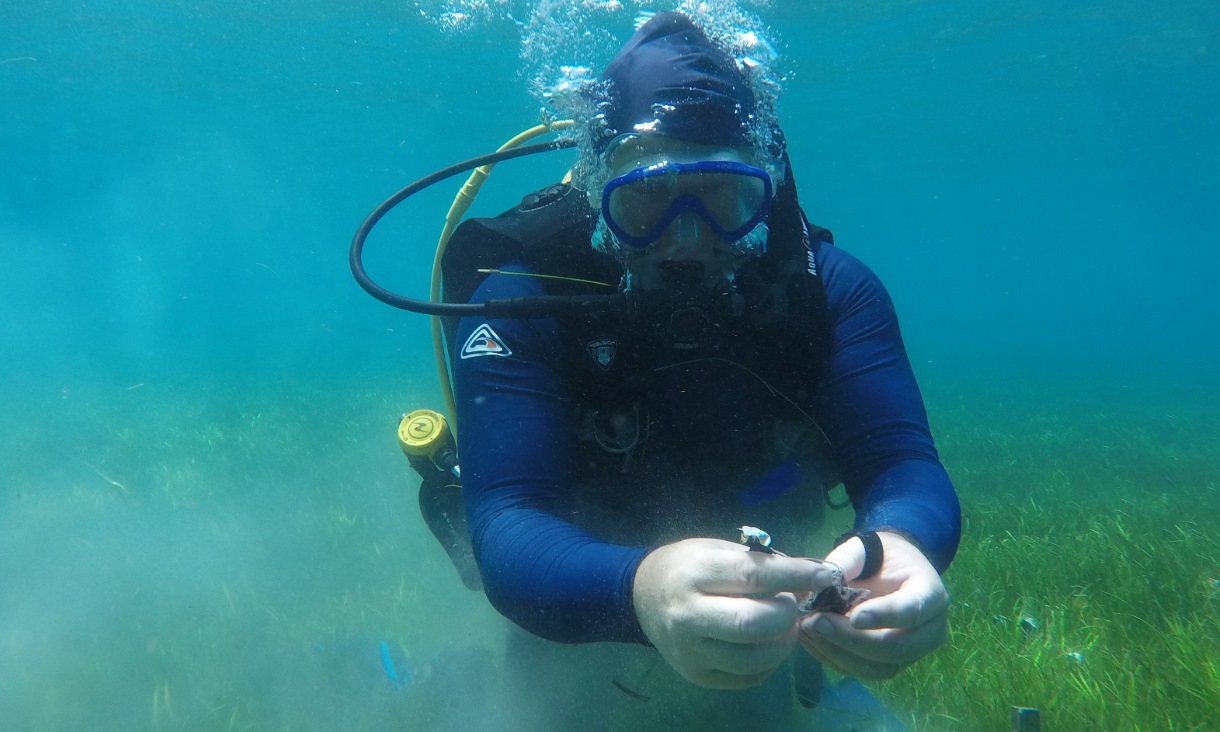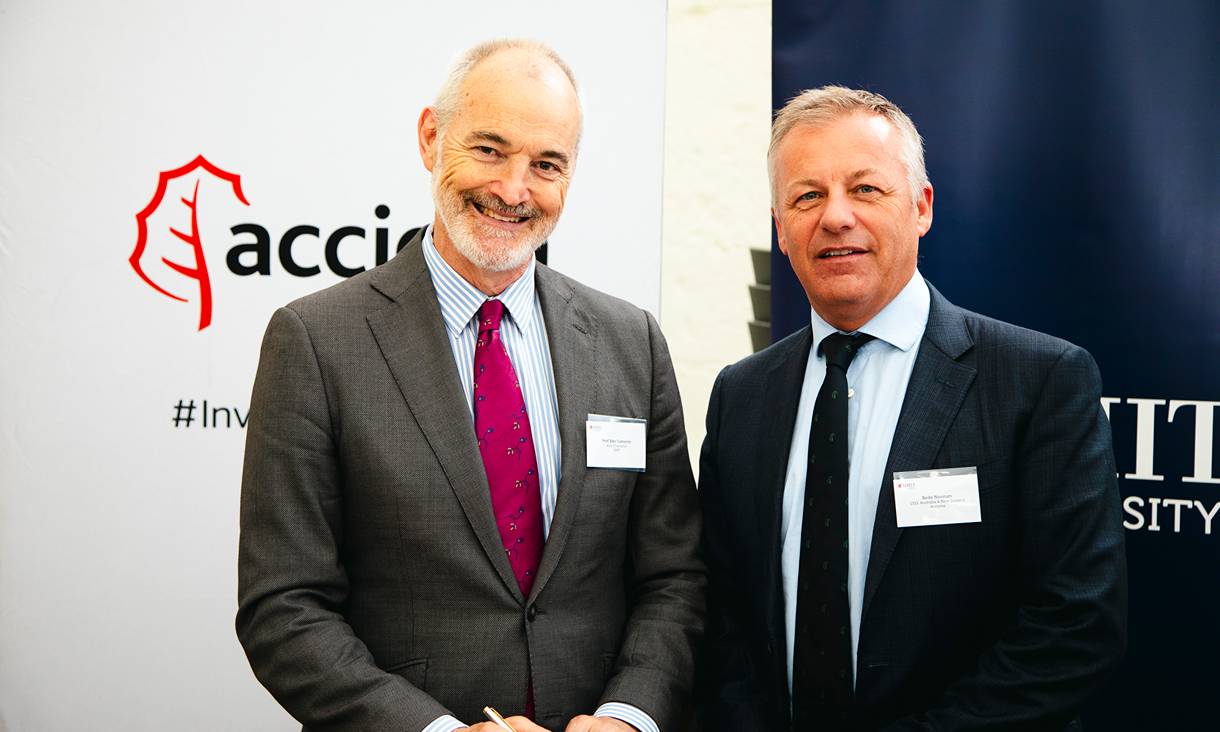The RMIT Design Standards, which set out best practice in sustainable design, are implemented across all building projects on campus.
Through the work of the RMIT Sustainability Team, the University has seen the New Academic Street Project (NAS) achieve a 5-star Green Star As-built rating.
NAS utilises both natural and mechanical ventilation schemes so that more comfortable outdoor weather conditions can permeate the building.
RMIT’s Garden Building was constructed using low impact cross-laminate timber and utilises natural ventilation too.
The recently constructed OurPlace is targeting a 5 Star Green Star Rating, which upon certification would mean RMIT has over 100,000m2 of floor space is certified under a formal Green Star rating.
Carbon and climate
With the overarching goal to be carbon neutral by 2030, RMIT is addressing climate action by reducing emissions and adapting to climate risks.
The University is already well on the way to achieving this goal, reporting that emissions were 48% lower than they were in 2007 at the end of last year.
RMIT have undertaken several energy efficiency initiatives across all campuses, including the installation of over 40,000 LED light fittings, energy efficient control systems and on-site energy generation.
On campus, there are roughly 2,500 solar panels that deliver 600kW of solar power.
RMIT also leads a group of Melbourne universities and businesses to source wind energy produced in regional Victoria.
The deal will see 22 RMIT buildings across the City and Bundoora East campuses become 100% carbon neutral from January 2021, including Melbourne architectural icon, The Capitol.
This builds on the first Melbourne Renewable Energy Project which enabled RMIT to purchase 25% of its electricity for the next ten years from Crowlands Wind Farm in regional Victoria.
Together the two contracts will provide 70% of RMIT’s grid electricity supply.
These initiatives contribute to the SDGs of affordable and clean energy (7) and climate action (13).
Circular economy
With Australia’s landfill expected to reach capacity by 2025 and roughly 67 million tonnes of waste generated every year, RMIT is implementing circularity principles in their operations through re-use, recycling and education.
The target for 2020 is for 80% of construction and demolition waste to be diverted from landfill.
Assets such as furniture are repaired, reused or upcycled to extend their life.
The new Sustainable Retail Framework has been rolled out to encourage RMIT retailers to implement more sustainable practices, including reuse, local sourcing and providing culturally diverse food offerings.
On campus retailers can now display a gold, silver or bronze rating to demonstrate their sustainability journey.
These measures target the SDGs of industry innovation and infrastructure (9) and responsible construction and production (12).
Water
Did you know RMIT stores 1.3 million litres of on-site water?
It’s stored under the University lawn (behind Building 1), in the basement of Building 80, under the Bundoora West Sports Field, out the front of Building 11, and in two old boat testing tanks under Building 10.
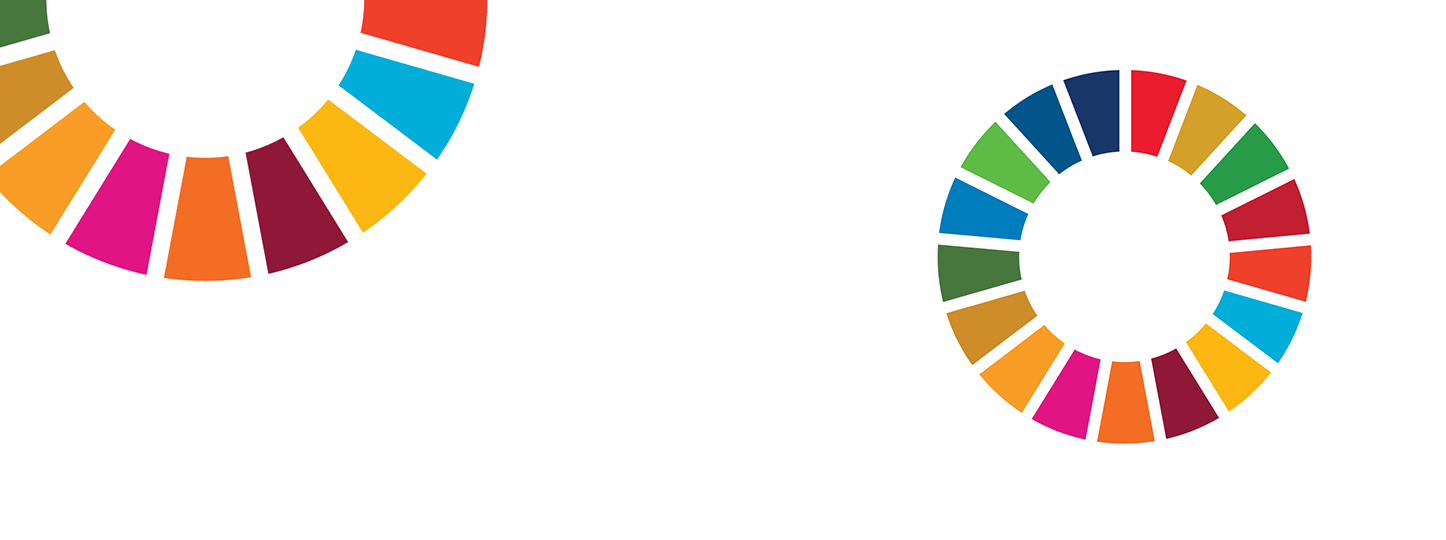
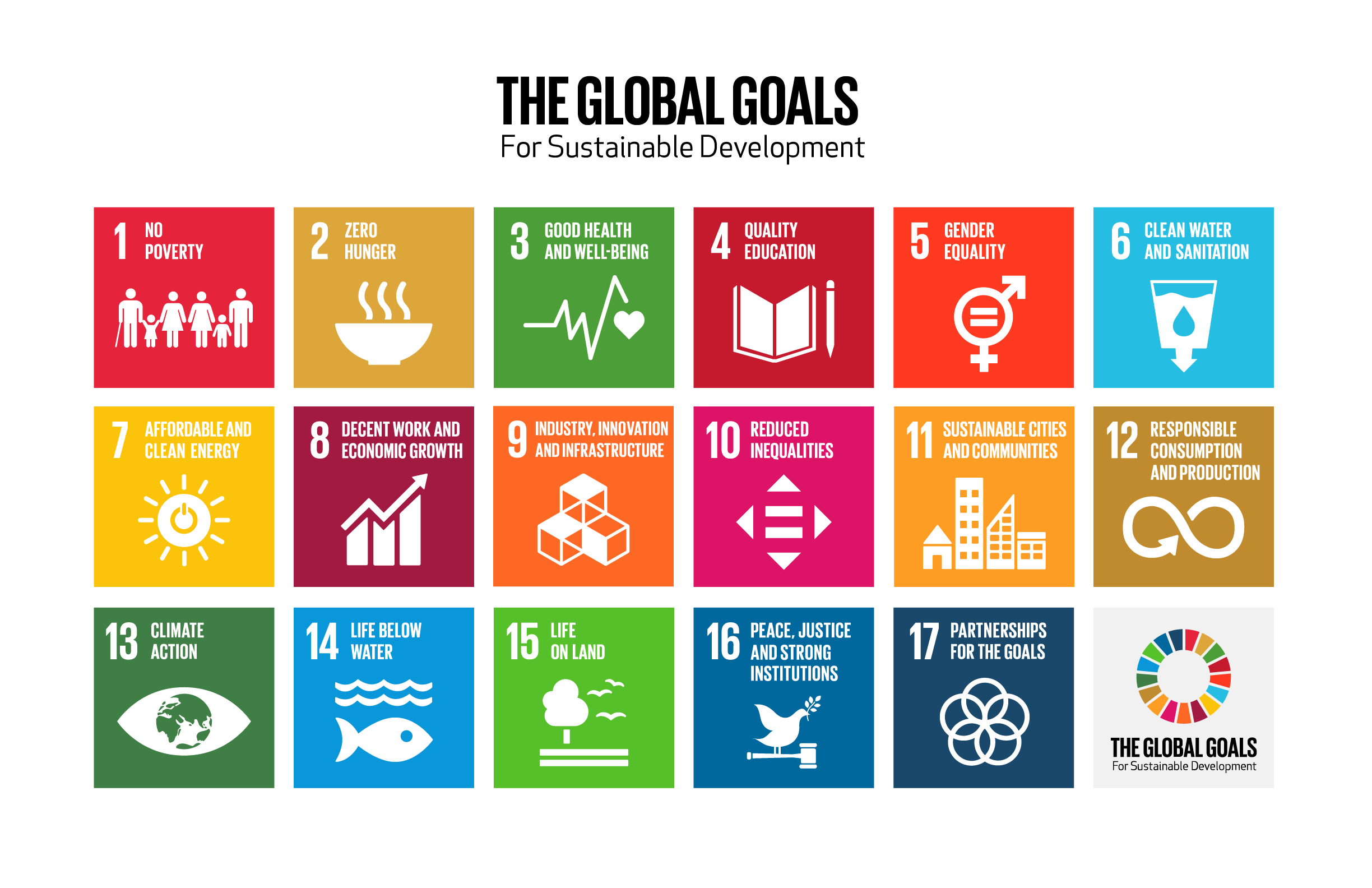
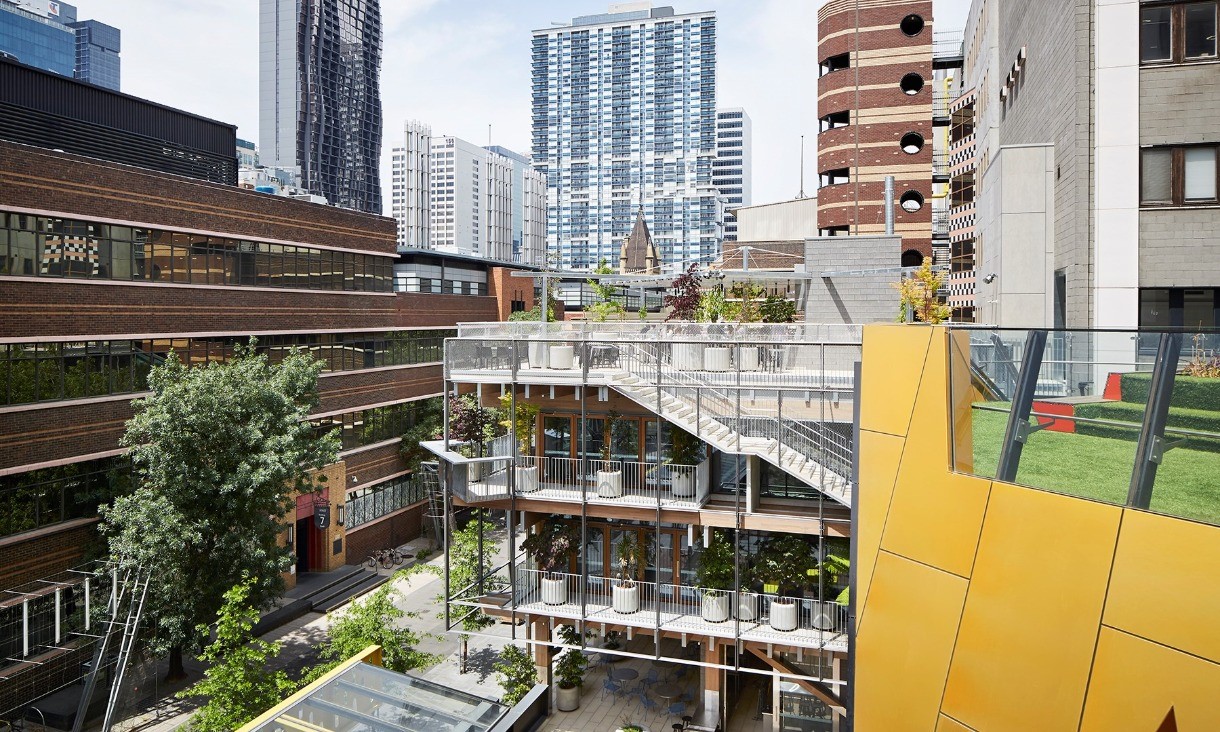
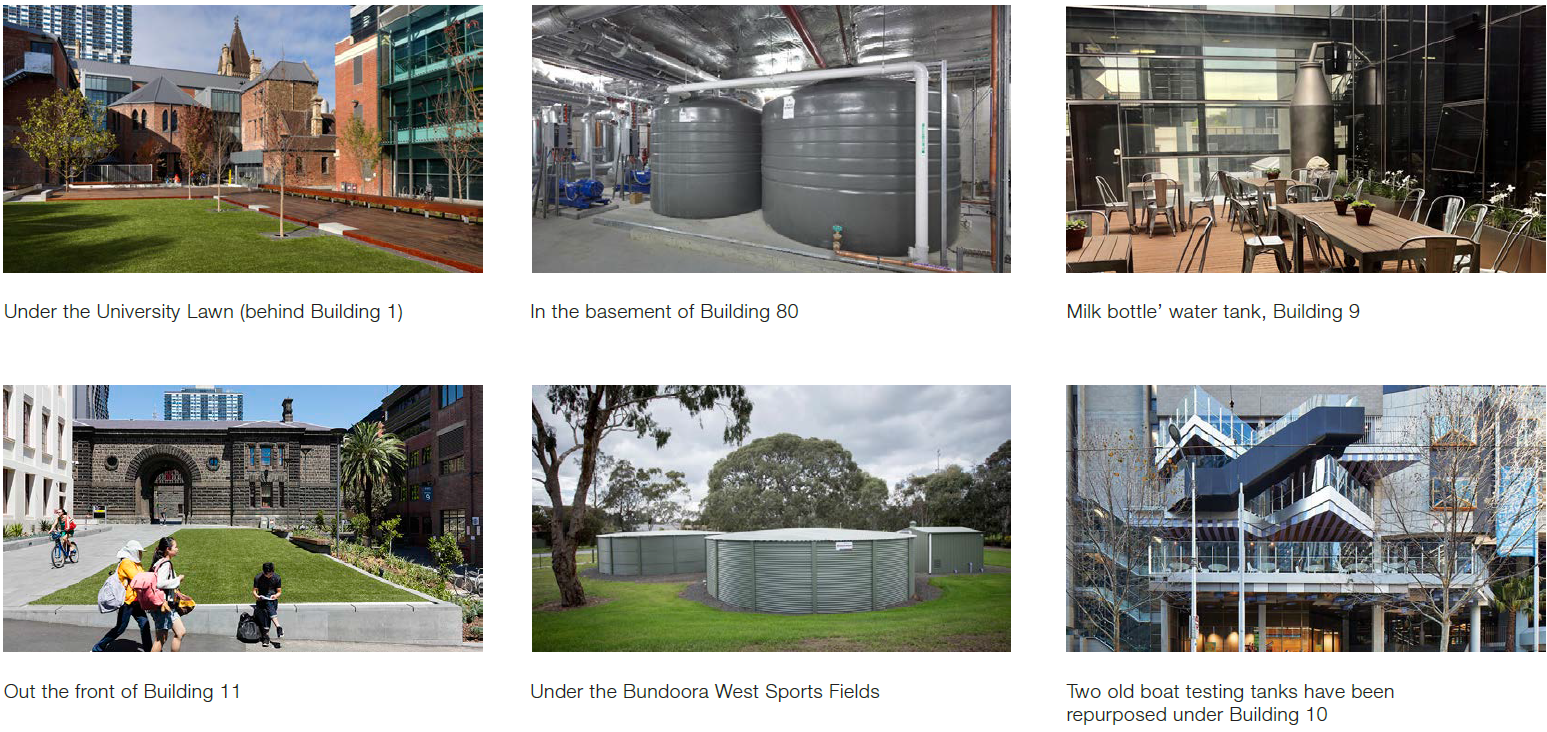
.jpg)
